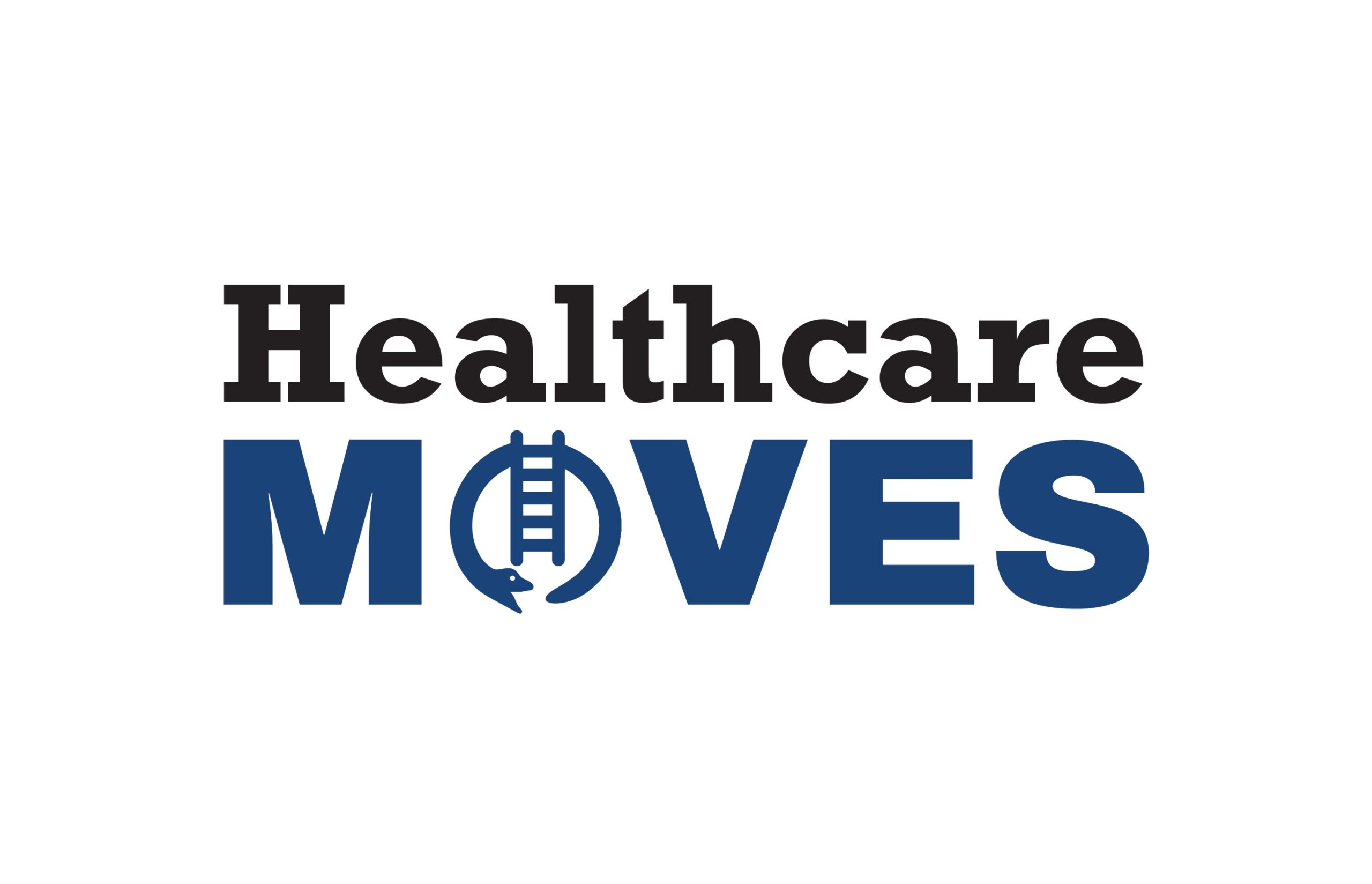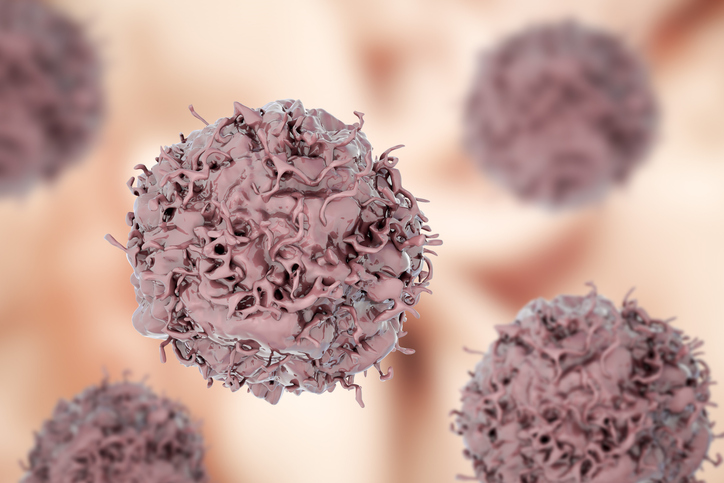
From left to right: Shereef Elnahal, the VA’s under secretary for health; and Arundhati Parmar, MedCity News’ editor-in-chief
In the U.S., veterans are 1.5 times more likely to die by suicide than nonveteran adults. Research shows that there were on average 17.5 veteran suicides per day in 2021, the latest year that data is available.
Shereef Elnahal, the U.S. Department of Veterans Affairs’ under secretary for health, declared on Tuesday that even one veteran dying by suicide is too many — and promised that the VA is pursuing partnerships aimed at addressing these ghastly statistics. He made these remarks during a fireside chat with Arundhati Parmar, MedCity News’ editor-in-chief, at the ViVE conference in Los Angeles.
“We have a clear mandate from President Biden: to reach all veterans with VA programming, especially on top priorities like suicide prevention,” Elnahal said. “We noticed that 50% of veterans who die by suicide have never interacted with the VA at all — and so we knew we would need to leverage partnerships with every institution possible to help us reach all 19 million vets in the U.S.”
The VA’s interoperability pledge is an example of one of these efforts, he noted. The pledge, announced in October, involves 13 health systems, including Kaiser Permanente, UPMC, Mass General Brigham, Intermountain Health, Atrium Health and Tufts Medicine.
These health systems have vowed to openly exchange information with the VA about care provided to and requested by veterans — using the VA’s open veteran API. This API is “a database of every veteran in the U.S.” whether they’re enrolled in the VA or not, Elnahal explained.
The goal of the pledge is to help veterans access care and save money by connecting them to VA benefits and resources, he added.
“At Tufts Medicine, which the first institution doing this, every veteran who comes in suicidal crisis is identified as a veteran to their healthcare providers. And so we now push information to those health systems about an exciting new policy that allows us to cover care for free for 30 days for any veteran in an acute suicidal crisis, regardless of whether they’re enrolled in VA or not,” Elnahal declared.
The VA has paid for life-saving suicidal crisis care for nearly 1,000 veterans at Tufts, he noted. He added that the VA has plans to scale this program first to the other 12 health systems participants in its interoperability pledge and then later to “every Epic hospital in the country.”
Elnahal also highlighted the VA’s partnerships in the area of virtual reality-based peer support care. The organization is working with mental health companies Innerworld and Even Health to offer veterans with VR-based suicide prevention care, he said.
“One thing that I noticed early on in my clinical career, but also through my different leadership experiences, is that it’s often a peer who has gone through hardship like substance use disorder, like PTSD and of course military service when it comes to our veterans, who can really be the person that encourages that veteran to come in for care,” Elnahal explained.
The VA’s partnerships with Innerworld and Even Health allow it to connect veterans to other veterans across the country for much-needed peer support whenever they need it, he stated.
Elnahal also told Parmar that the VA is working to improve its training processes for employees working its veteran crisis line. The organization has a partnership with ReflexAI, a company whose technology allows workers to practice on AI-generated fake patients before they take a real call from a veteran in crisis, he said.
In addition to these partnerships, the VA is also conducting clinical trials testing psilocybin and MDMA-assisted psychotherapy. The VA’s funding for these trials exceeds $2 million, Elnahal remarked. He said the trials are seeking to answer key questions about what an effective dosage looks like and how often to combine the psychedelic treatment with talk therapy.
Elnahal recalled a conversation he had recently with a veteran named Jonathan Leubecky who had benefited from MDMA treatment. Before receiving MDMA, which is commonly known as ecstasy, Leubecky had been struggling with PTSD and had attempted suicide several times.
“He told me he went through psychedelic-assisted psychotherapy with MDMA, and it virtually cured his PTSD. And he never sought MDMA again recreationally. That is a fantastic thing — compare that experience to our experience with opioids, which often leads to addiction and seeking street drugs, even with a short course after an injury. We do not see that phenomenon with psychedelics — they’re inherently nonaddictive,” Elnahal explained.
These treatments have yet to be approved by the FDA, but experts predict the first psychedelic approval could arrive sometime this year.
Photo: HLTH Events












